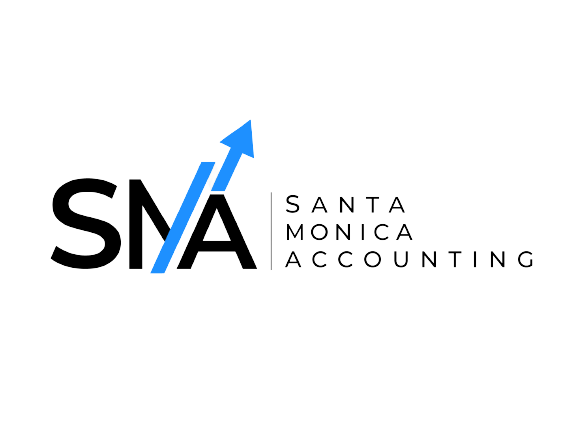
Tired of juggling cash? Bank accounts are your key to financial freedom. This guide will help you navigate the different types and find the perfect fit for your needs. Let’s simplify your money management by understanding different types of bank accounts.
Bank accounts are essential for managing money. They help with everyday spending and saving for the future. In this guide, let’s explore the different types of bank accounts, their benefits, and how they can help you make smart financial choices.
What is Bank Account?
A bank account is a fundamental financial tool that provides individuals with a secure place to deposit and manage their money. When you open a bank account, you can deposit funds through various methods, including cash deposits, direct deposits, or electronic transfers. Once your money is deposited, you can access it through various channels, such as ATM withdrawals, check-writing, debit card transactions, or online transfers.
While bank accounts offer numerous benefits, they may also come with fees and charges. These can include monthly maintenance fees, overdraft fees, or charges for specific transactions. It’s essential to understand the fees associated with a bank account before opening one to ensure it aligns with your financial goals and needs.
Types of Bank Accounts
- Checking Accounts:
- Overview: Checking accounts are the workhorses of everyday banking, facilitating transactions such as bill payments, purchases, and ATM withdrawals.
- Features: They often come with features like unlimited transactions, online and mobile banking access, and optional overdraft protection.
- Benefits: Checking accounts offer convenience and flexibility, allowing easy access to funds for day-to-day expenses.
- Considerations: Some accounts may require minimum balance thresholds or charge monthly maintenance fees.
- Savings Accounts:
- Overview: Savings accounts are designed for accumulating funds over time while earning interest on deposits.
- Features: They typically offer competitive interest rates, FDIC insurance, and easy access to funds via ATM withdrawals or online transfers.
- Benefits: Savings accounts provide a secure way to save for short-term goals or emergencies, with the added advantage of earning interest on idle funds.
- Considerations: Certain accounts may have minimum balance requirements or limit the number of withdrawals per month to maintain interest rates.
- Money Market Accounts:
- Overview: Money market accounts blend features of checking and savings accounts, offering higher interest rates and check-writing privileges.
- Features: They provide competitive interest rates, limited check-writing capabilities, and FDIC insurance protection.
- Benefits: Money market accounts offer higher yields than traditional savings accounts, along with the flexibility of writing checks or using a debit card for transactions.
- Considerations: They often require higher minimum balances and may impose monthly maintenance fees.
- Certificate of Deposit (CD):
- Overview: CDs are time deposits that offer fixed interest rates and terms ranging from a few months to several years.
- Features: They provide guaranteed returns on investment, FDIC insurance coverage, and protection against interest rate fluctuations.
- Benefits: CDs offer higher interest rates than standard savings accounts, making them ideal for long-term savings goals.
- Considerations: CDs require locking funds for a specified term, with penalties for early withdrawal.
Conclusion
Bank accounts play a pivotal role in shaping financial well-being, offering a spectrum of options tailored to diverse needs and preferences. Whether seeking the immediacy of a checking account for daily transactions, the security of a savings account for short-term goals, the growth potential of a money market account, or the stability of a CD for long-term savings, understanding the features and considerations of each account type empowers individuals to make informed decisions aligned with their financial aspirations. By evaluating needs, assessing account features, and considering long-term objectives, individuals can leverage the versatility of bank accounts to chart a course towards financial prosperity and resilience.

Thank you for reading with SMA!
Seeking help with your bookkeeping and accounting?
We’re right here for you!
